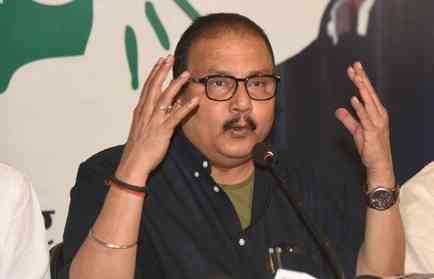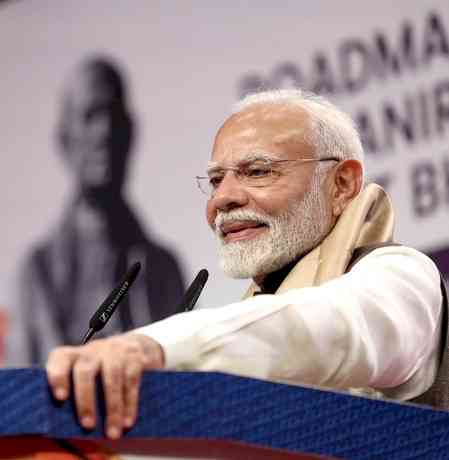Mechanical Thrombectomy can increase treatment window for some Stroke patients to upto 24 hours
Lack of awareness, absence of standard treatment protocols and lack of affordable treatment add to the burden

Kochi: The year 2020 has been nothing short of a nightmare for people across the world. While on one end, it brought the fear of death in the absence of a vaccine to cure the coronavirus, it severely dented economies around the world, with strict lockdowns being implemented globally. The story in India has not been very different. In fact, being one of the few countries that continued to persist with strict lockdown restrictions, which were only recently relaxed to a large extent, Covid-19 ensured stress levels of not just the working class but a vast majority of the population were racing pretty fast, with anxiety and signs of depression coming out strongly amongst many. Stress. Anxiety. Depression. These are illnesses which have the potential to escalate into far more serious health concerns, but rarely get the kind of attention compared to chronic diseases such as Cancer, COPD, Diabetes, Heart ailments, et.al.
The reason why Covid-19 got and continues to get the attention even today is because it has already claimed the lives of more than 1.17million worldwide, around 121,000people in India alone and, it will continue to impact the society at large, denting world economies until a vaccine is developed and released. Contrary to this, NCDs such as Stroke, which will likely take lives of six-times as many people as Covid-19, are hardly talked about and continue to remain unaddressed.
Dr. Mounil Haq. T.P, Consultant Interventional Neurologist at E.M.S. Memorial Co-operative Hospital & Research Centre, Kerala said, “One in six of us carries the risk of getting affected with stroke and we should be aware of the symptoms of it. It is crucial to remember that it can be treated much efficiently by intravenous thrombolysis and by mechanical thrombectomy in selected cases with very good chances of recovery.”
According to the Global Burden of Disease study, India reported 1.29mn new cases of Stroke annually, a 30% increase since 2014. Moreover, stroke is also the third largest cause of deaths and disability in India, according to the study which was recently released. Out of the 1.29mn cases, the most common type of stroke is the Ischemic Stroke, accounting for almost 87% of all strokes in India, and is caused by a clot or other blockage within an artery in the brain. Rests 13% of strokes are Hemorrhagic Strokes which are caused by bleeding of an aneurysm in the brain artery. Medical experts and doctors largely attribute the high prevalence and morbidity rates to the lack of awareness amongst the general population along with limited exposure and knowledge about new technologies like Mechanical Thrombectomy to reduce the morbidity rates.
One of the most critical factors to consider for treatment is the time taken to get the affected person to a hospital. Although the treatment window for the most prevalent IVtPAtherapy is 3.5 hours, the average time taken by a patient to reach a hospital in urban areas is 7.6 hours and that in rural areas is 34 hours. Moreover, the absence of standard treatment protocols and the lack of affordable treatment adds to the burden. Delay in seeking the right treatment leads to loss of about 20 lakh brain cells per minute. This is where advanced technologies and medical procedures such as Mechanical Thrombectomy have displayed proven results and higher success rates. Not only does it increase the treatment window to up to 24 hours, the success rates are considered to be one of the best in medical procedures across different diseases with a Number Needed to Treat of 2.6 .
Mechanical Thrombectomy is a type of minimally-invasive procedure in which specialized medical devices such as stent retrievers and catheters are used to remove a clot from a patient’s artery in the brain. Using CathLab guidance, the doctor guides these devices through the patient’s arteries to the clot, extracting the clot. However, the biggest challenge that the country faces today with respect to mechanical thrombectomy is the slow adoption of the technology. It is then, not so surprising, that only 10% of the 11000 patients treated for Acute Ischemic stroke in India received Mechanical Thrombectomy as a treatment option.
“Mechanical Thrombectomy is very effective in revascularization, successful in almost 95 percent and clinical recovery in 60 percent of patients”, Dr Haq concluded.


 cityairnews
cityairnews 









